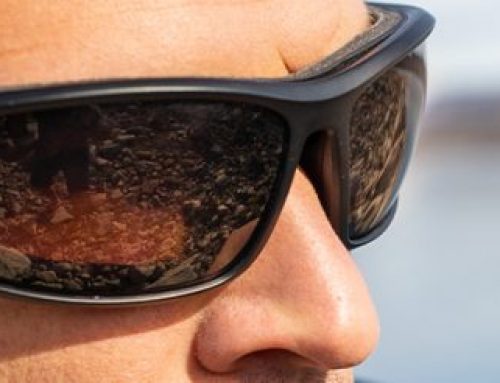The American National Standards Institute maintains and updates Z87 standards for occupational eye protection. The current standard was published in 2015 with updated classifications for clear lenses and prescription safety glasses based on intended applications and hazard protection.
What Are the Requirements for Z87 Compliance?
Protective eyewear that meets Z87 standards is marked with an indication of the standard and specific hazard protection ratings. Familiarity with the following major specifications can be helpful when selecting safety glasses:
- Impact
- Chemical splash
- Dust
- Optical radiation
Glasses that pass impact testing are marked with a plus sign, while codes that begin with the letter “D” specify levels of protection from droplets or dust. Safety glasses that have a D3 code are rated to protect eyes from droplets and splashes while D4 and D5 codes refer to dust protection.
Selecting the best eye protection is easier when you know the codes that accompany these indications. A number of letters and shade numbers refer to radiation-shielding lens features:
- “L” for glare or visible light
- “R” for infra-red
- “S” for special purpose
- “U” for ultra-violet light
- “V” for variable tint
- “W” for welding filter
Each of these letters is also given a shade number on a scale based on the type of radiation protection present in lenses. All of the markings on a pair of Z87-compliant safety prescription glasses are relevant for selecting the most effective eye protection.
When Should You Wear Z87 Prescription Safety Glasses?
If you work indoors or outdoors under extreme conditions, Z87 safety glasses are a worthwhile investment in your eye health and safety. The ANSI Z87.1-2015 standard is among the highest for rx safety glasses safety on a job site. ANSI standards also correspond to the eye protection standard for general industry set by the Occupational Safety and Health Administration. The OSHA standard 29 CFR 910.133(b)(2) requires that workers wear protective eyewear in compliance with past ANSI Z87.1 standards published and revised between 1989 and 2010.
Glasses and other eyewear designed to meet the requirements of the newest 2015 standard should be compliant with all past ANSI Z87 standards and be accepted by OSHA. You may also want to consider wearing prescription safety glasses that have a Z87 rating when riding a bicycle or motorcycle or participating in other high-intensity activities. The updated ANSI Z87.1-2015 standard is also internationally relevant, as the Institute factored in requirements for eye and face protection in other countries when updating the standard.







